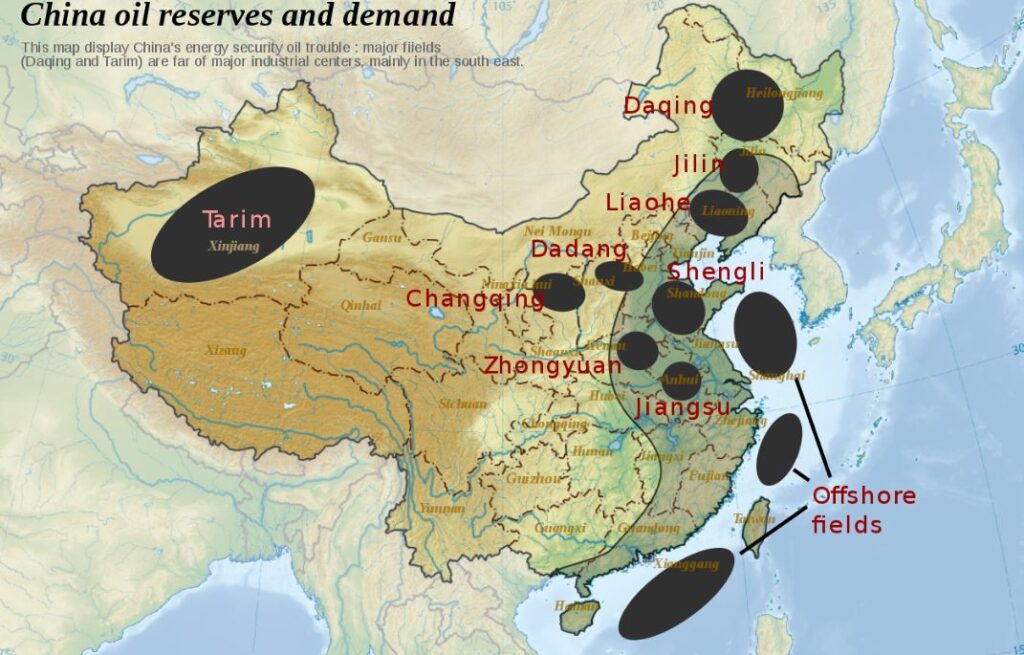China’s Grand Oil Strategy in a Post-Peak World (2011)
Oil Production China’s Grand Oil Strategy Dissertation – This is a tale about energy and power. At the heart of this narrative is the historic re-emergence of China which has undergone revolutionary changes since the Maoist era of Communist austerity and energy self-sufficiency. President Nixon’s ‘opening up’ of Communist China in the seventies started a process of engagement with the capitalist world for China’s oligarchs. The resulting transformation into a super-charged globalised economic powerhouse has transformed the lives of millions of people.
Hundreds of millions of Chinese are pursuing a Chinese Dream; of cars, modern flats, TVs, designer clothes, refrigerators, electricity, and a western-style diet. Along with materially aspirational Indians and Arabs, the Chinese middle classes have led an explosion of energy demand. Global supply of oil and gas production has risen to new heights to sustain the growth of energy consumption in the developing world by the private oil majors and the state-owned oil companies.
Economists have argued that rising demand will lead to technological improvements and development of suitable substitutes which will ensure that supply will always keep up with demand. However, a closer reading of the statistics suggests some worrying trends in the global petroleum industry. Robert L. Hirsch, a leading energy expert was paid by the US government to investigate the potential implications of a global peak in world oil production. The Hirsch Report came to some startling conclusions regarding future supplies of petroleum.
Contrary to the claims of economists and based on the history of domestic US oil production higher prices and improved technology are unlikely to yield dramatically higher conventional oil production. Moreover, conventional, ‘cheap’ petroleum fields are startling to deplete, and will accelerate in the coming decades. New fields coming on-stream tend to be in geographically and geopolitically hard locations, for example the Arctic or Siberia.
Not only it is capital and energy intensive to develop these fields and the needed infrastructure (pipelines etc), the energy ‘return’ from these fields is a fraction of the older larger fields in the Middle East. Energy experts call this the EROEI, Energy Return on Energy Invested. The depletion rates on the newer unconventional oil and gas fields are far higher than the old, larger fields meaning that it is only economically for the major oil majors to finance these developments if petroleum prices are very high.
Forecasting future projections of oil and gas supply is a problematic science, but a consensus has emerged that at some point in the next five years, the global production of oil and gas will start to contract and this will accelerate in the coming decades. The era of cheap energy is over.
- 13,000 words – 39 pages in length
- Excellent use of literature
- Good in depth analysis
- Excellent graphical representation
- Well written throughout
- Ideal for business students
1. Introduction
2. Literature Review
3. The emergence of the Dragon
Russia
Central Asia
Greater Middle East
Africa
Latin America
Grand Strategy in international relations
4: Historical Materialist framework to Peak Oil and China
References

